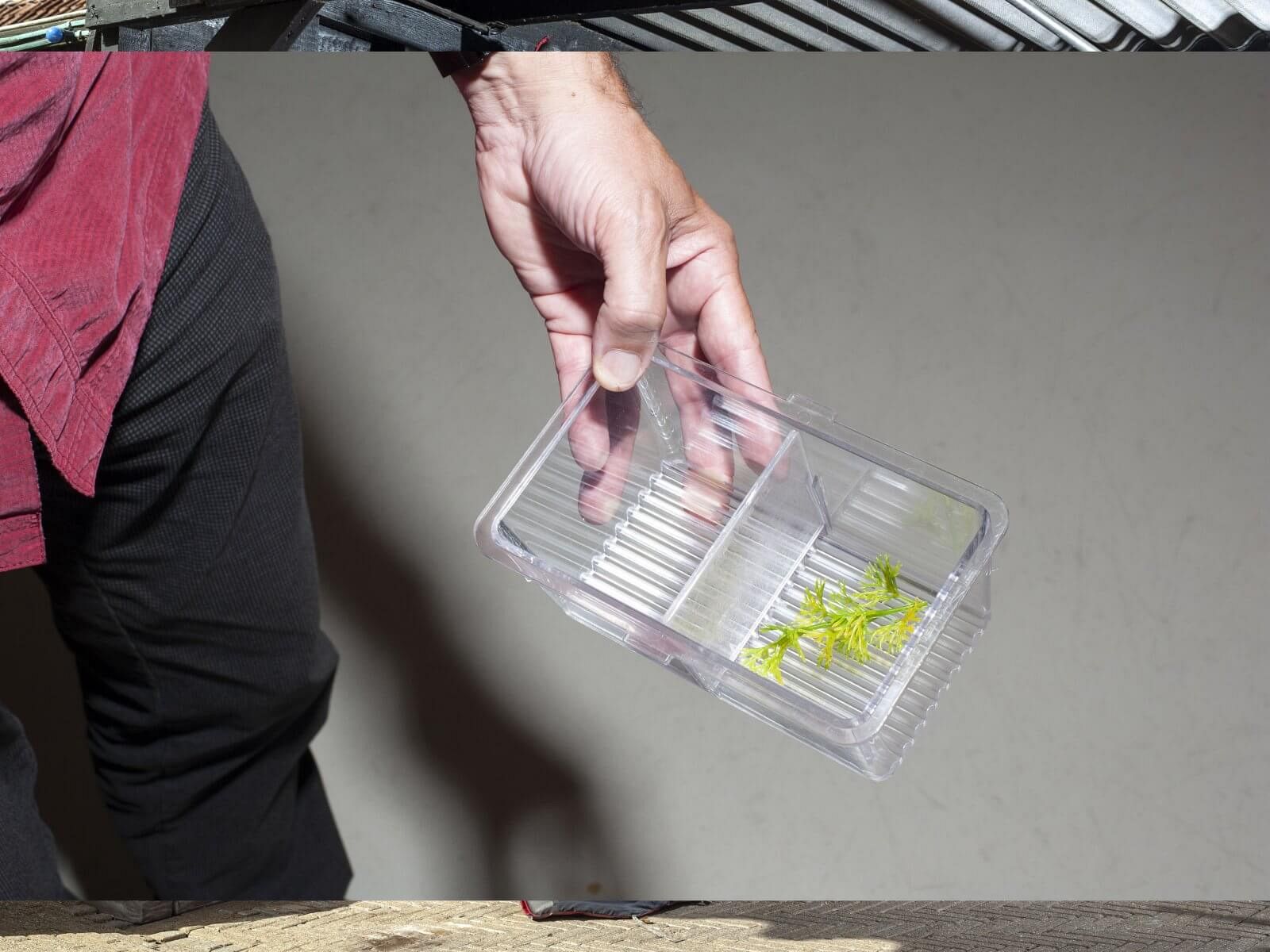
Happy Fish is an absurdist nature documentary, photographed across the European mainland and on the international waters of Google Earth. I travelled from conservation areas to scientific laboratories, from the virtual seas to the oldest botanical garden and from the Dutch lowlands to the Polish mountains, looking for places where an active attempt is made to create a more accessible, more malleable and more pleasurable version of the world. The photographs show a seemingly staged world filled with anonymous people and sometimes anonymous animals. The title, 'Happy Fish', references anxiety research on Zebrafish, performed with the ultimate goal of bringing an end to suffering. That attempt is the strange subtext to all the images. The series is full of references to my photographic inspirations, and to some of the many relations between the elements of the narrative. I have brought it all together in a book, in which I emphasize imaging technologies, their frame ratios, rendering and image layering. A dummy version can be seen during the graduation festival.
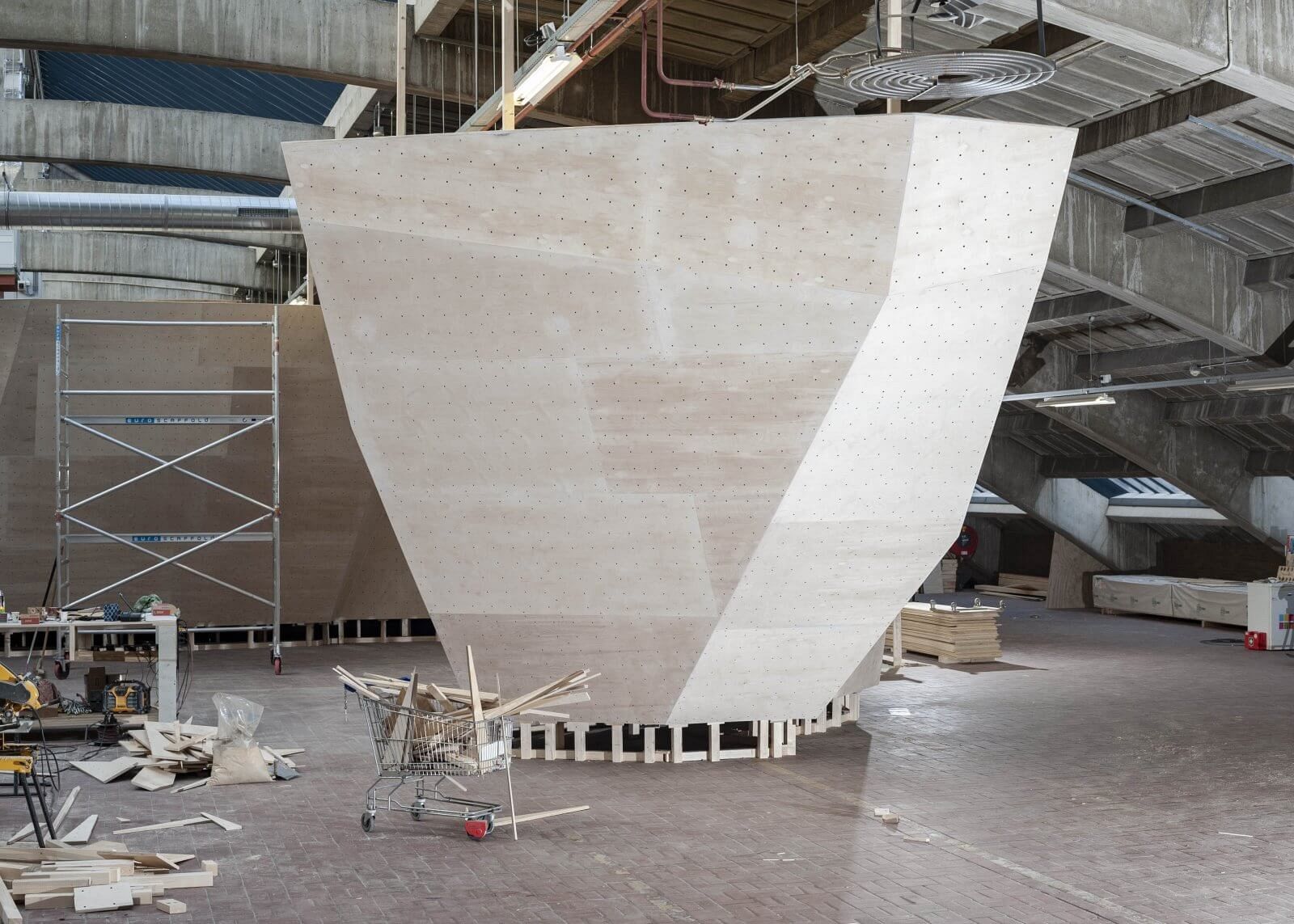

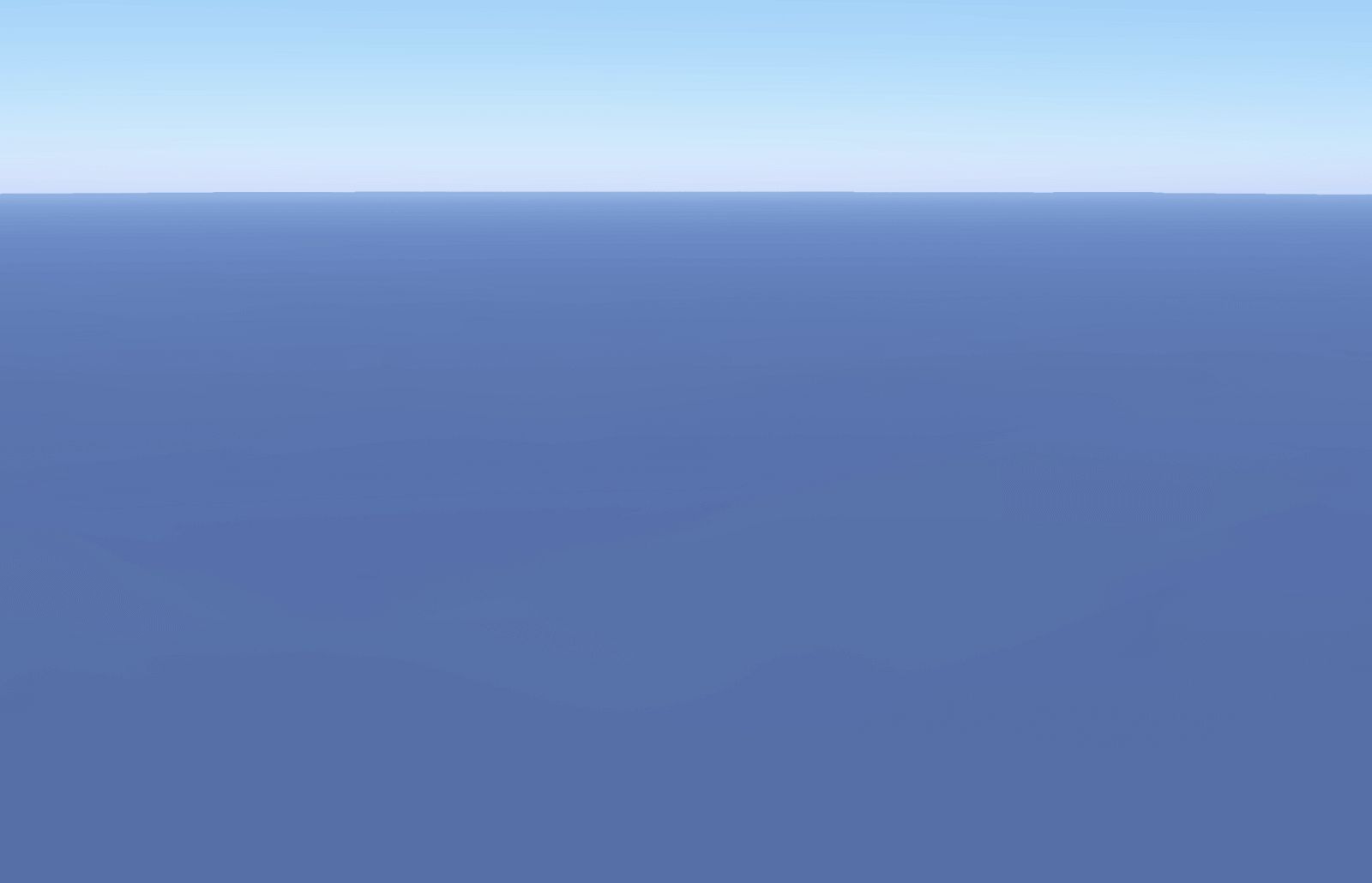
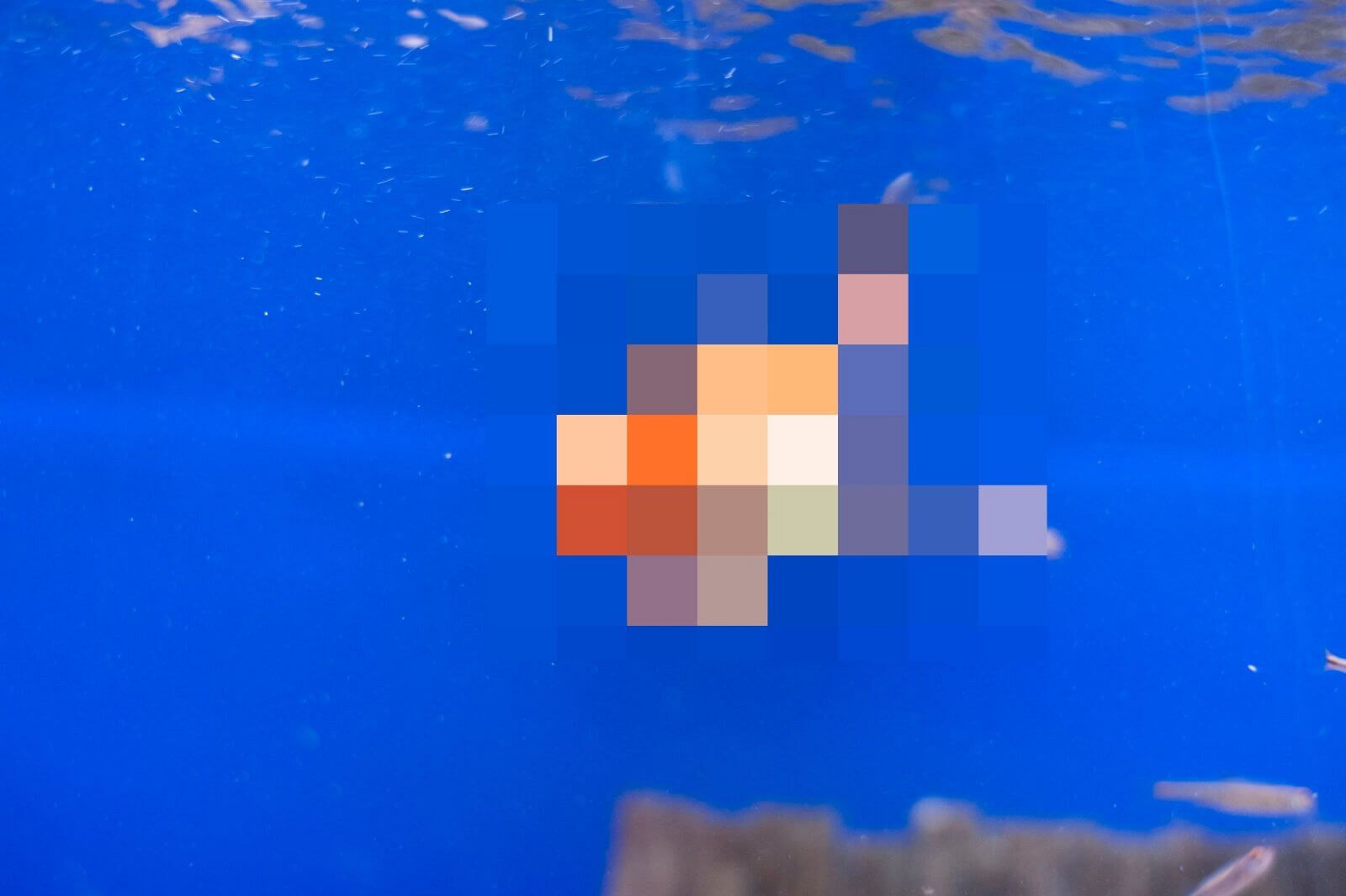
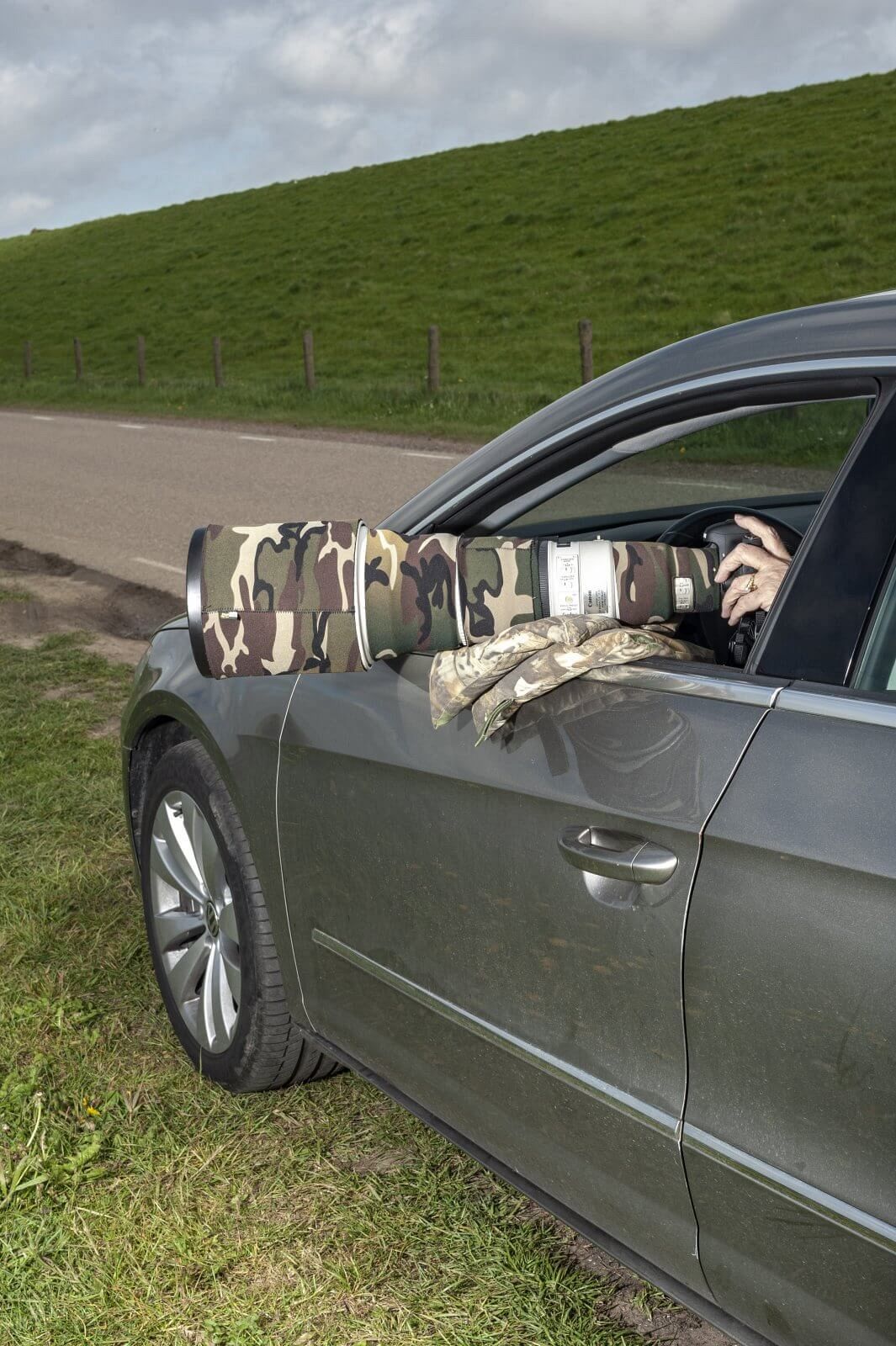
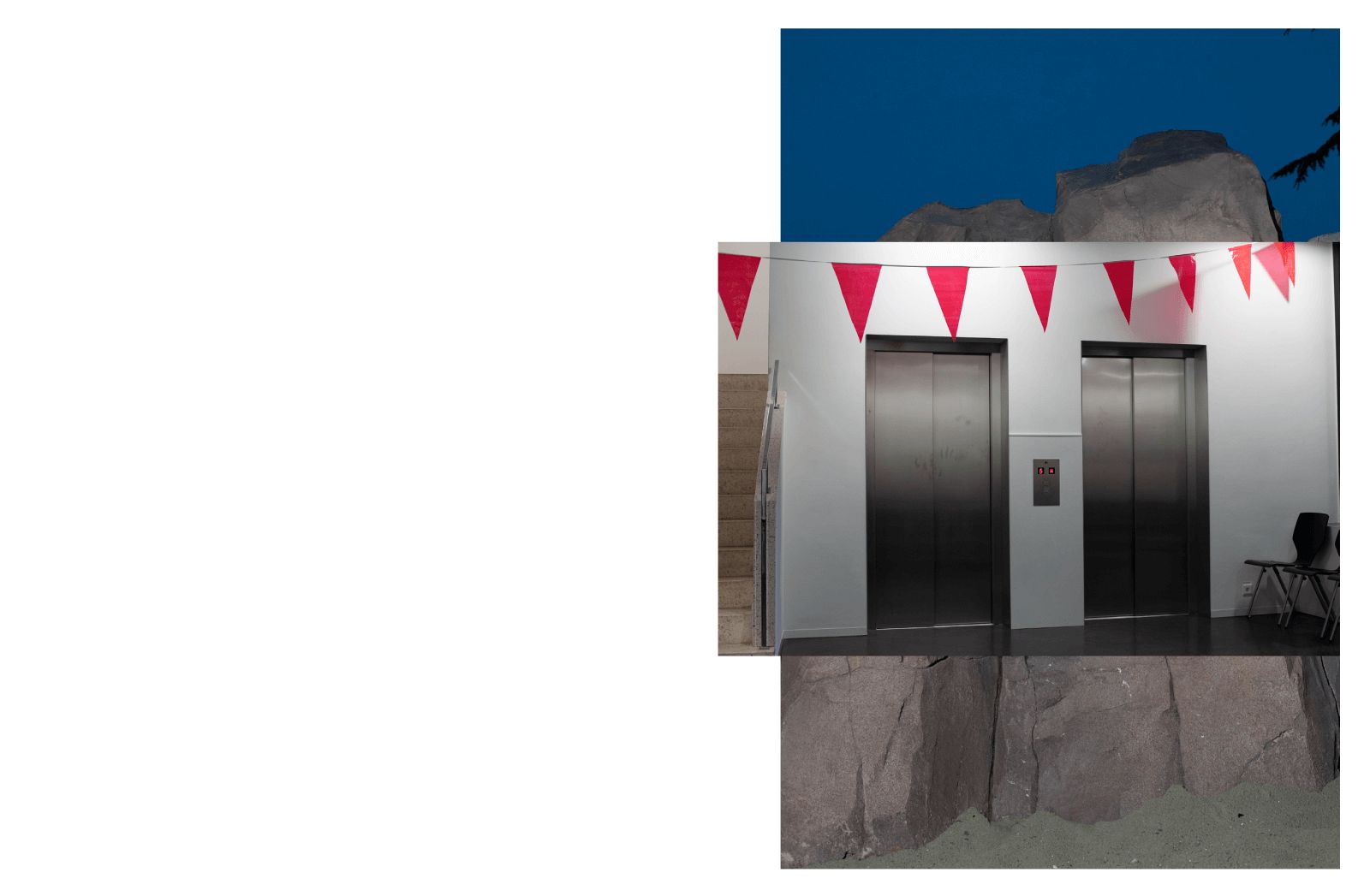
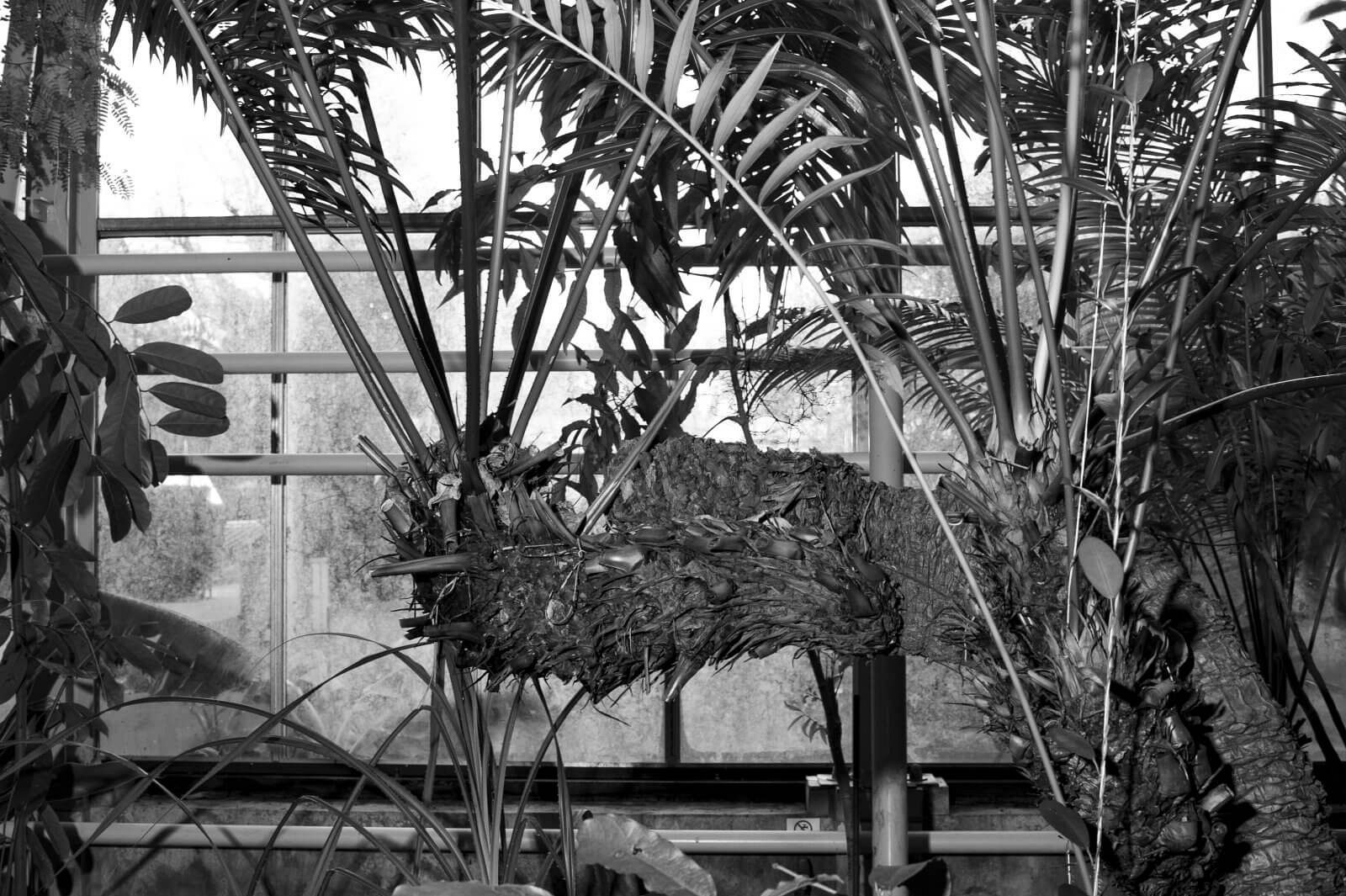
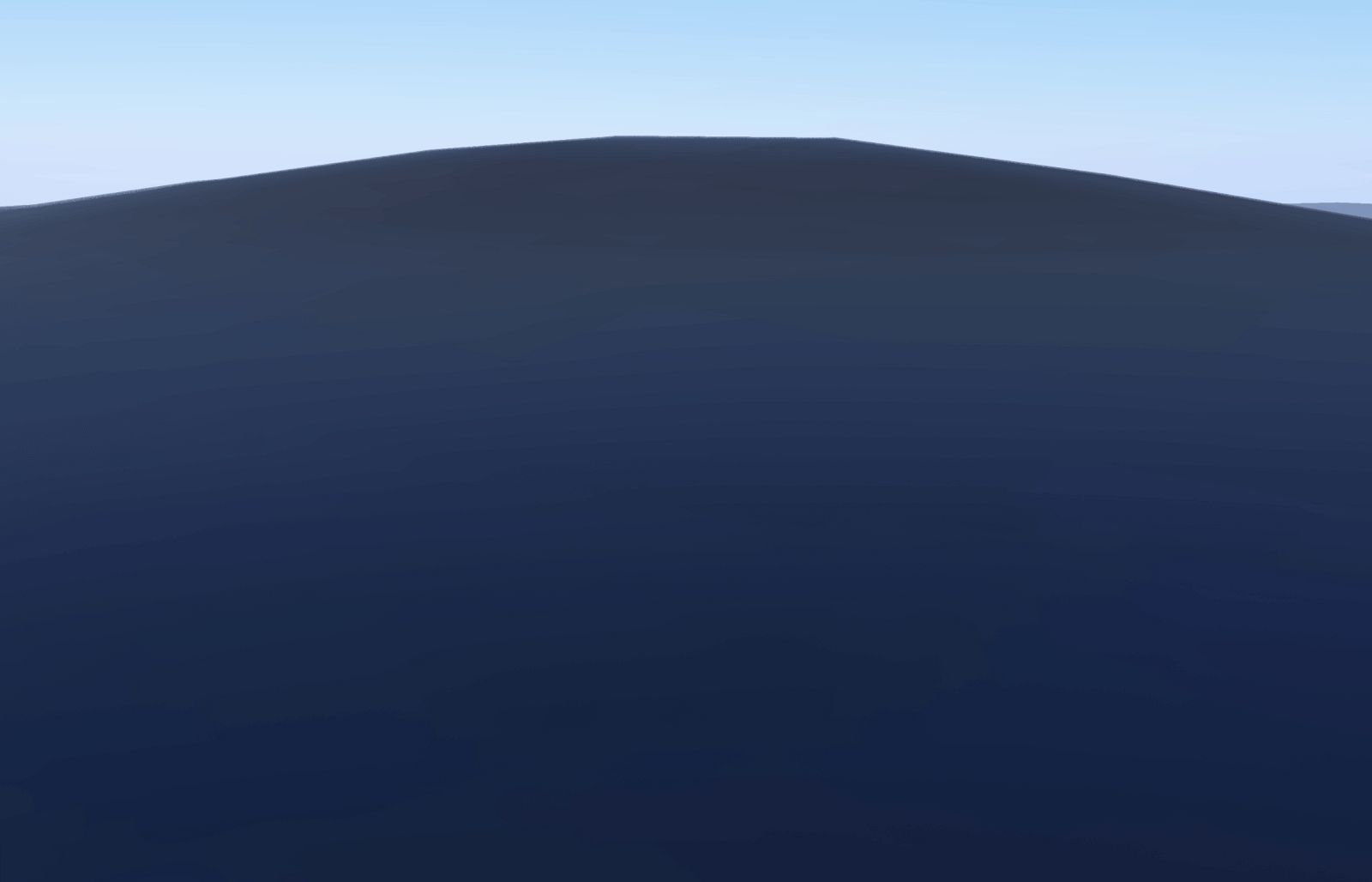
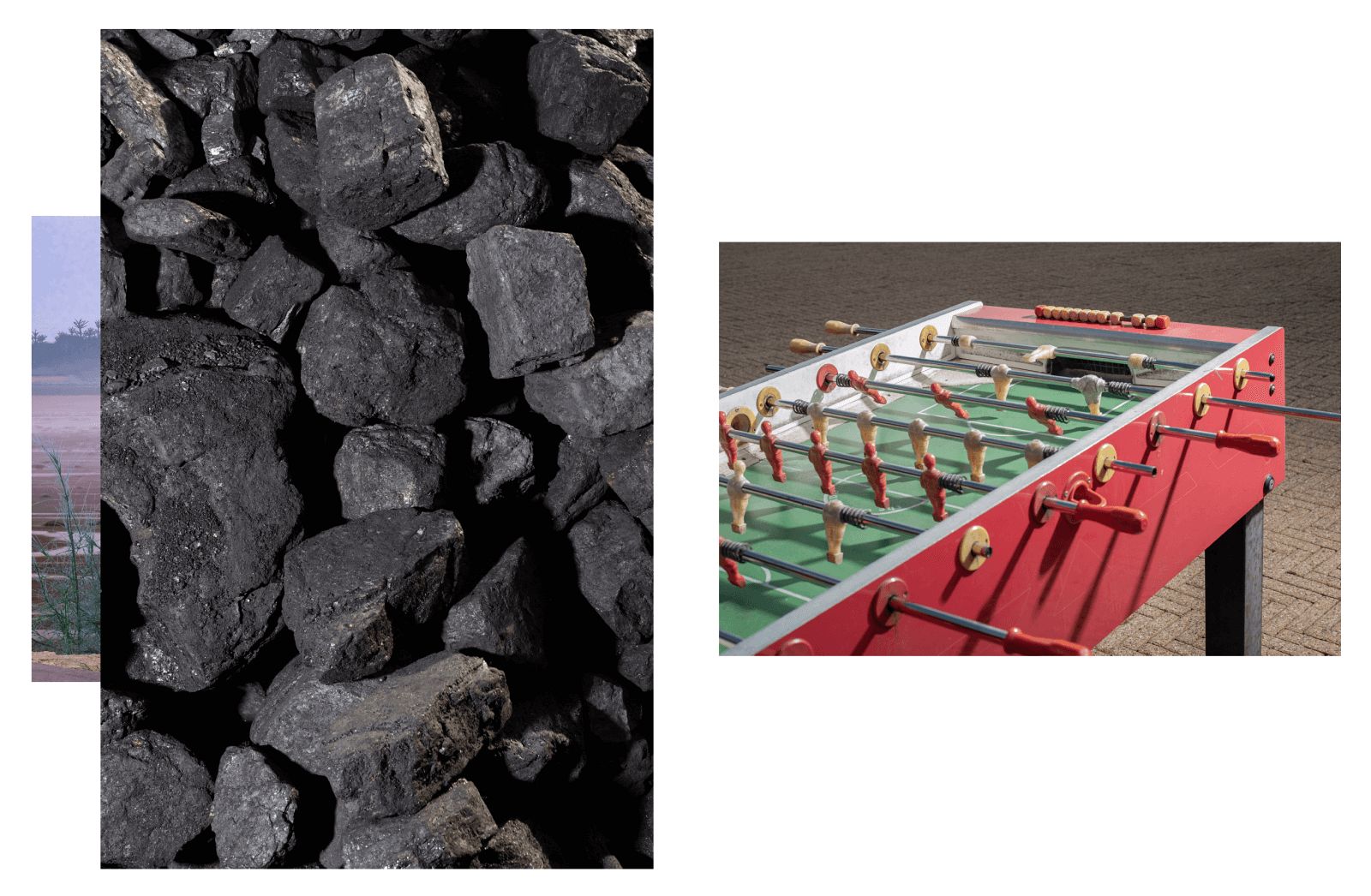
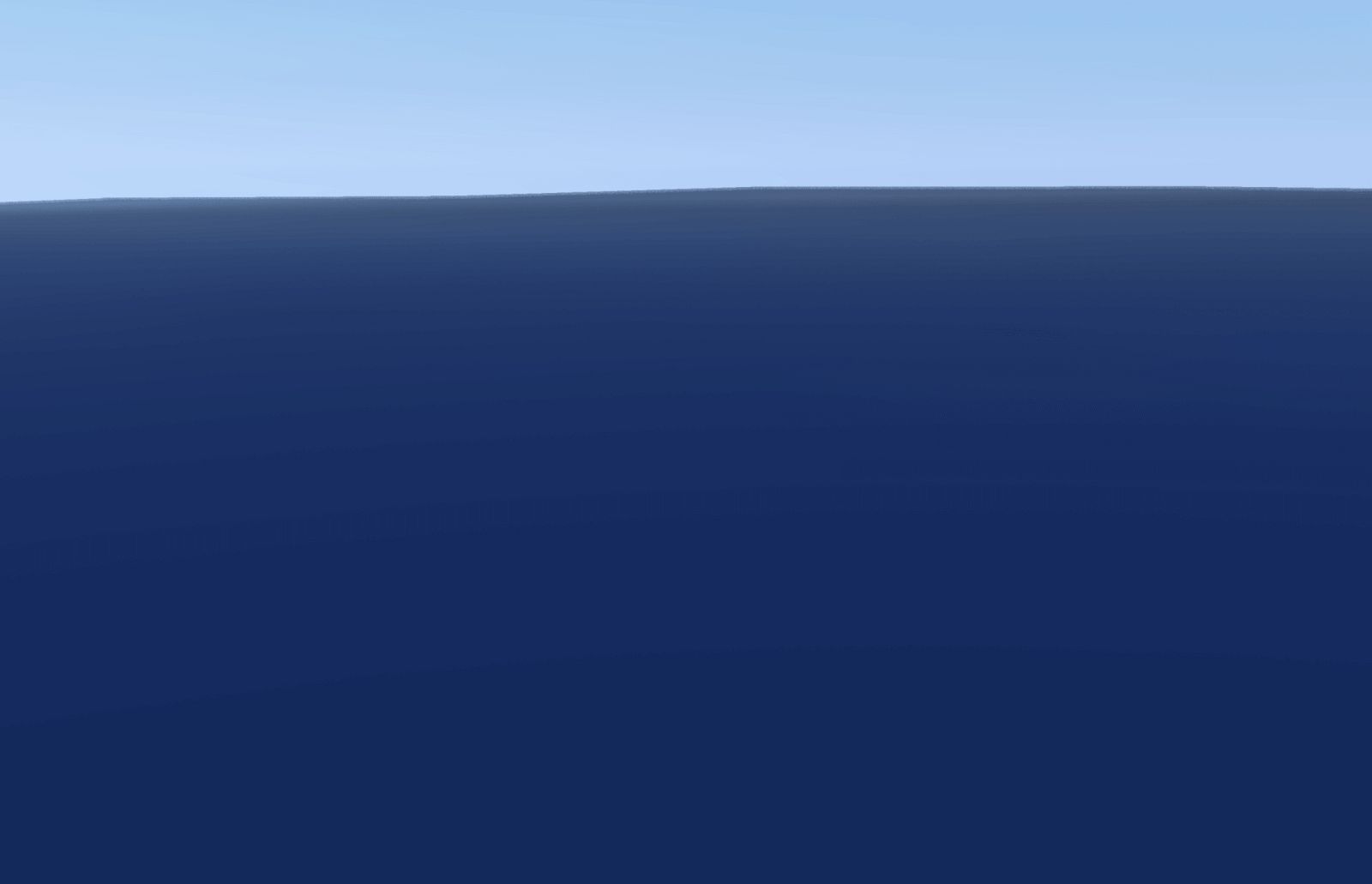
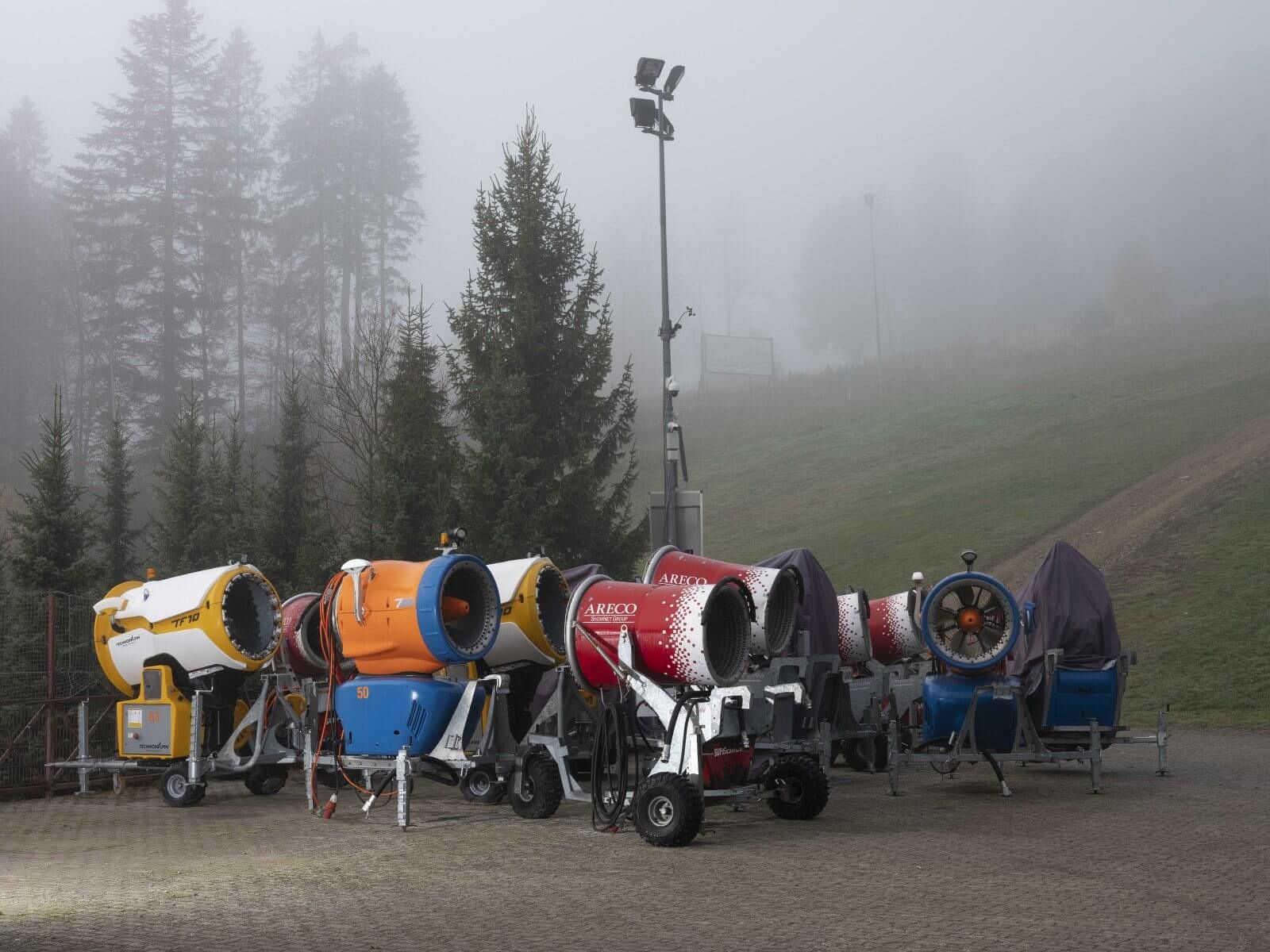
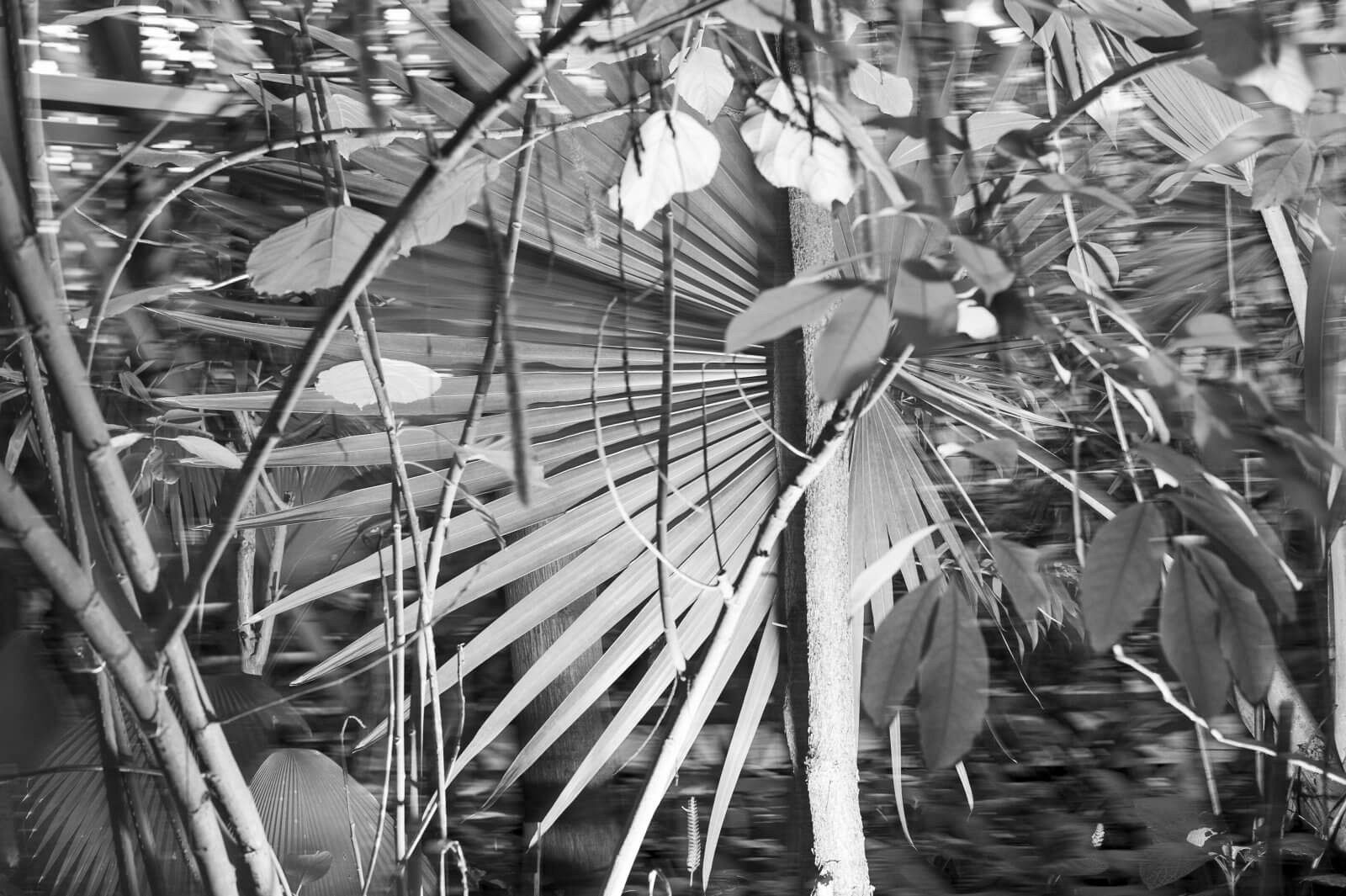
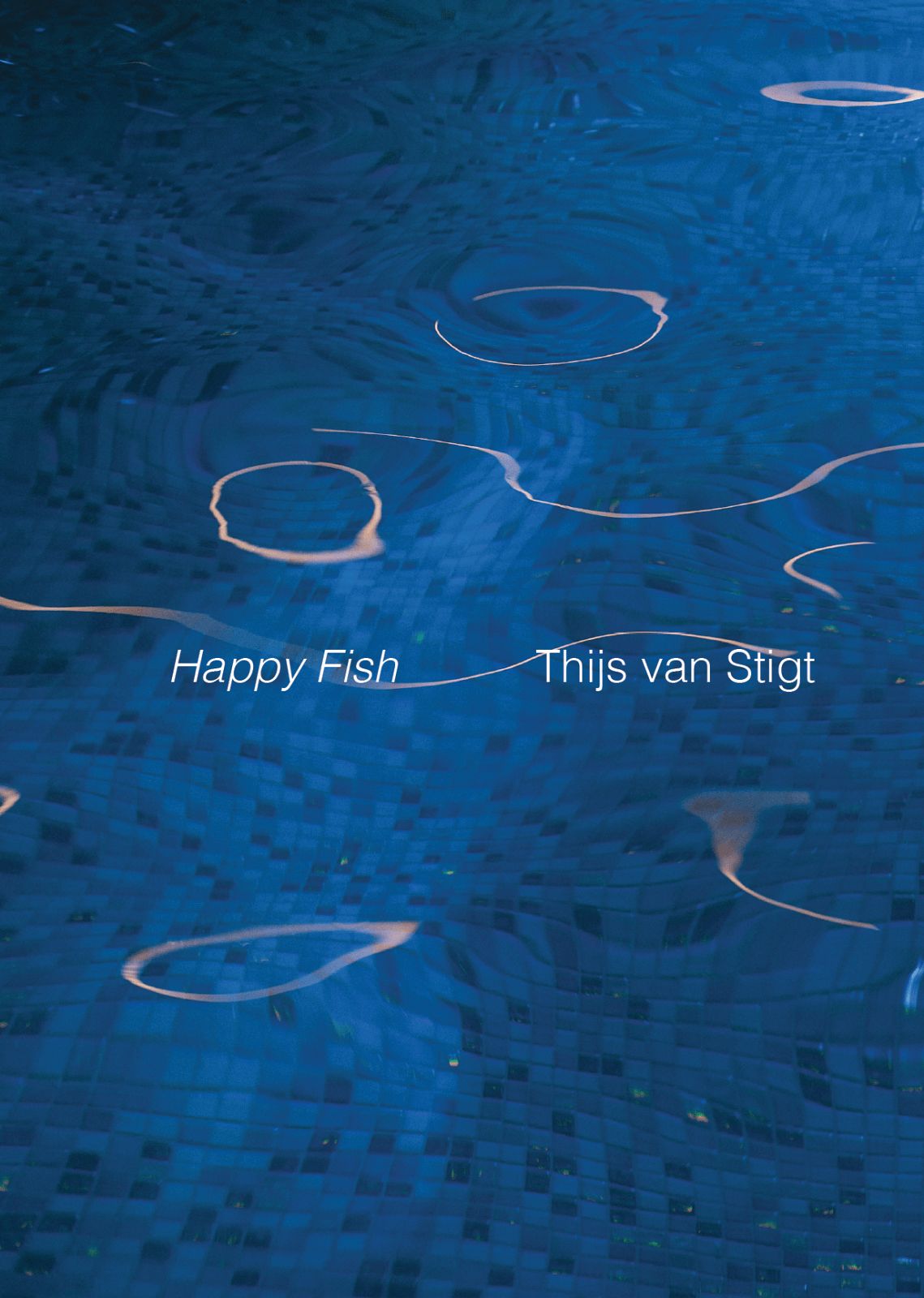
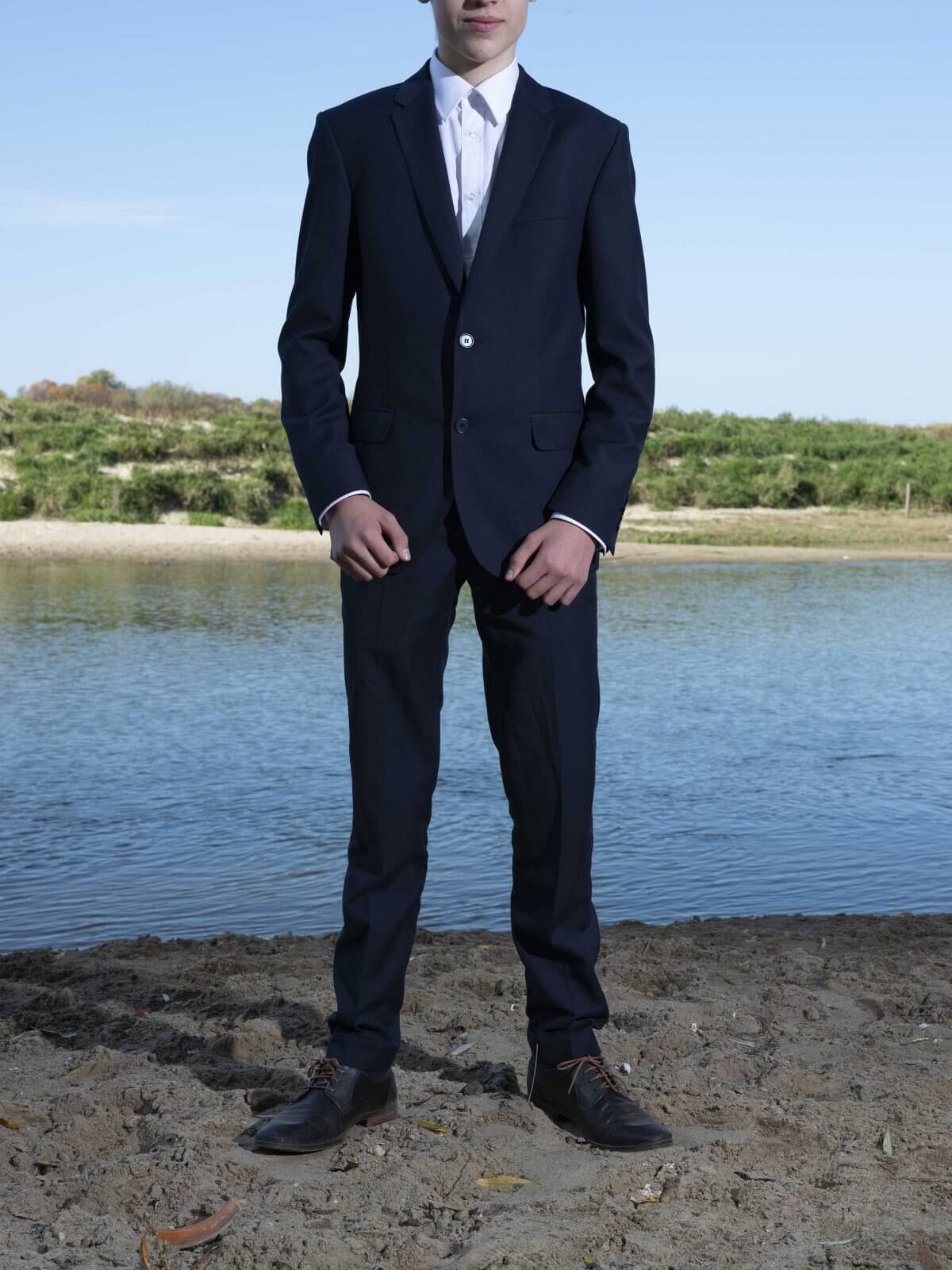
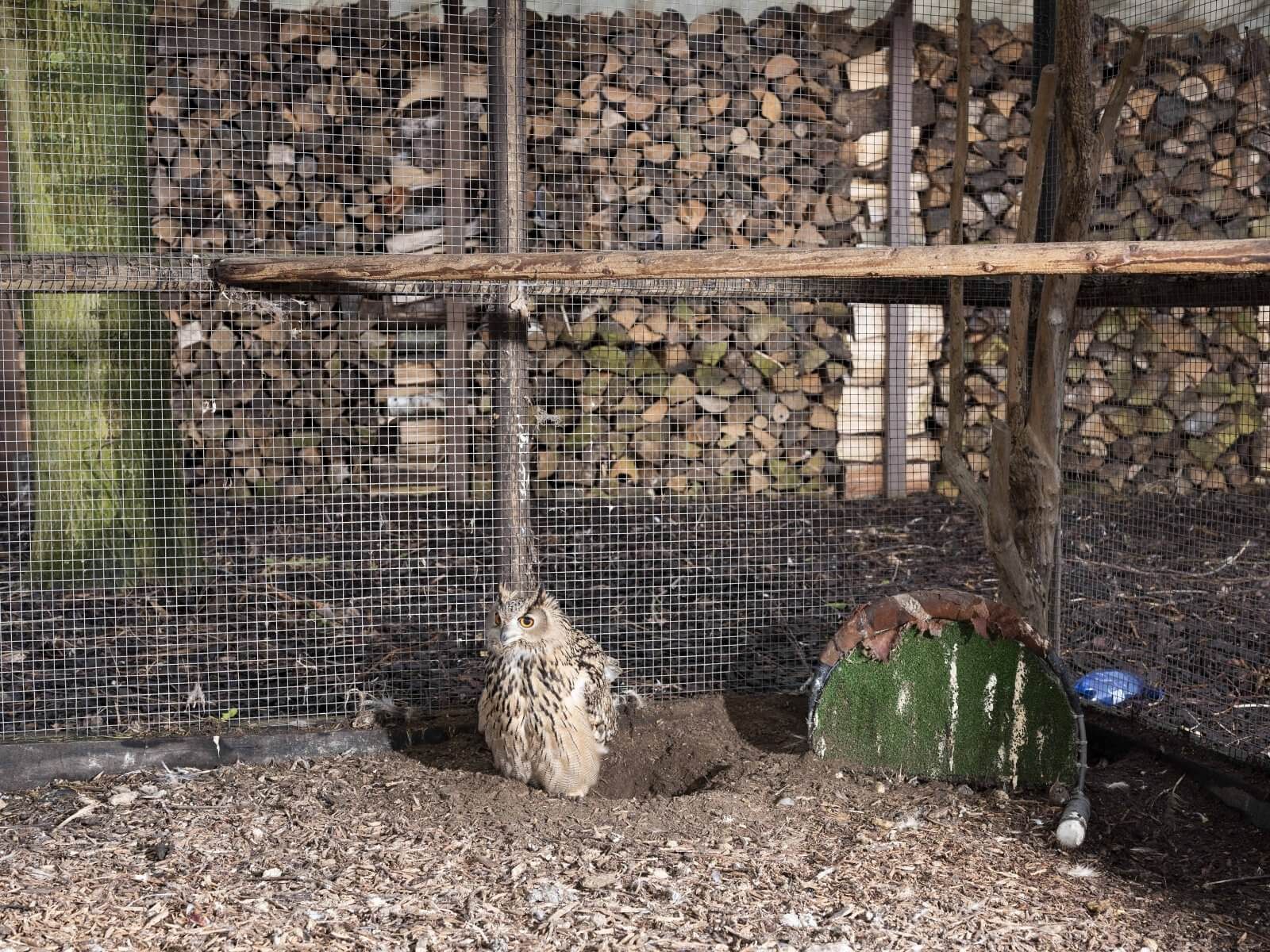

THESIS
As natural as possible
My thesis is an analysis in three parts on ways in which photographs have been used to establish boundaries between the natural and unnatural. I discuss examples in art, advertisement and science where photographic images are produced and employed with the aim of naturalistic representation. I try to analyze what assumptions they rely on and, as a result, also touch on additional aspects of the conditions under which photographs are made and used.
The first essay considers scale figures, the miniature humans used to illustrate computer renders of architecture.This essay points out the difference between ‘natural’ understood in the technical, photo-realistic sense versus natural understood in a normative sense.
The second essay concerns the representation of natural science in documentary art. I compare the work of several artist photographers making work about scientific research environments, and take a close look at one series by German photographer Thomas Struth.
The third essay relates the history of landscape photography to the most expansive landscape photography project to date, Google Earth, and to the visual language that informs our perspective on the climate crisis.